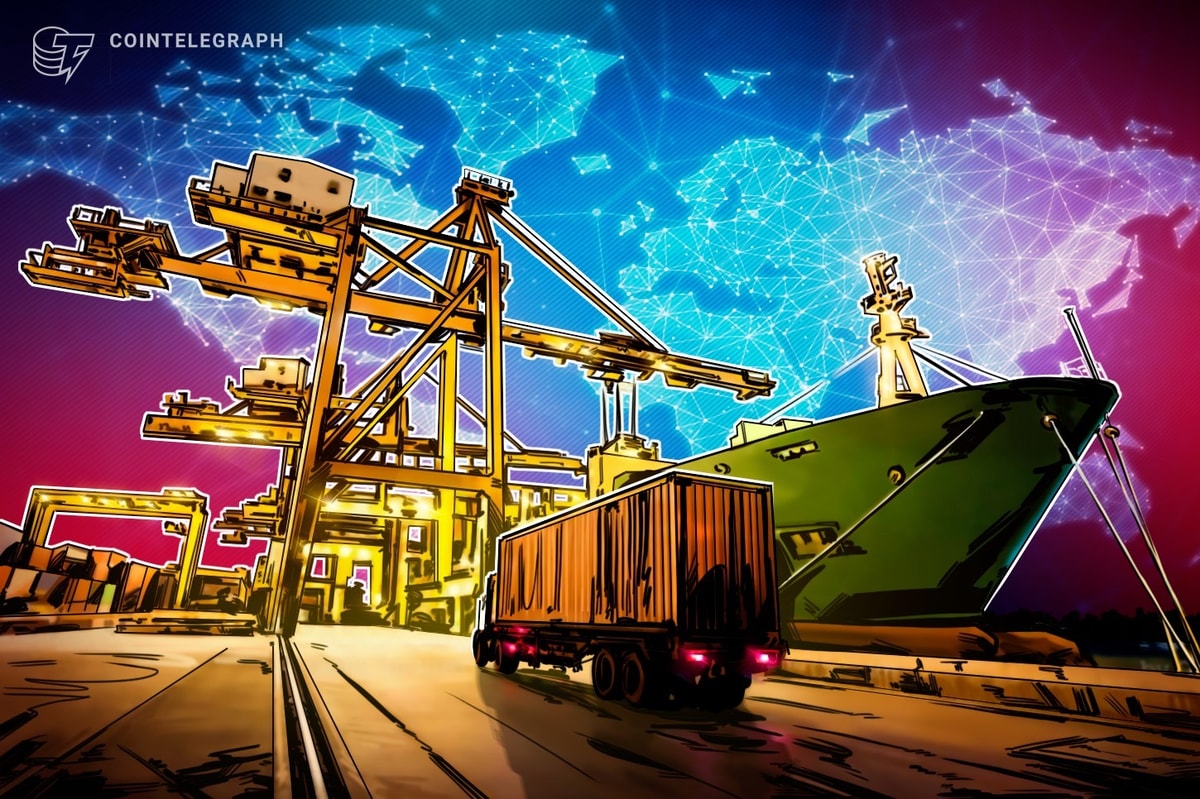
Opinion by: Ahmad Shadid of O.xyz
Semiconductors scored a rare exemption from US President Donald Trump’s aggressive reciprocal tariffs, but the relief is symbolic at best. Most semiconductors enter the US embedded in servers, GPUs, laptops, and smartphones.
The finished goods remain heavily tariffed, some with duties reaching up to 49%. The exemption looks good politically but delivers little practical benefit. Nvidia’s DGX systems, crucial for training advanced AI models, do not fall under the exempted HTS codes. Nvidia could pay effective tariffs nearing 40% on these vital components. Such costs threaten to stall critical AI infrastructure projects across the country.
Semiconductor tariffs may compromise the goal of the CHIPS Act. The act promised tens of billions of dollars in subsidies to support domestic chip manufacturing. Yet advanced lithography machines — key equipment from countries like the Netherlands and Japan — face 20%–24% tariffs. Ironically, tariffs designed to boost American production increase the cost of essential manufacturing equipment.
The effect of new tariffs is already slowing progress in critical supply chains — just as generative AI and large language models are gaining momentum across sectors like finance and defense. Any delays or cost increases now could blunt America’s technological advantage.
Indirect costs undermine exemptions for AI
Modern semiconductor supply chains are global and highly integrated. An exemption on raw silicon means nothing when servers, GPUs and other finished products face steep tariffs. Tariffs indirectly inflate costs, eliminating any competitive advantage from domestic manufacturing.
Indirect tariff costs hit high-end systems disproportionately hard. The effect ripples through AI model training, data center expansions and major infrastructure projects, significantly slowing the industry’s momentum.
Tariff impasse halts investment
So far, it’s clear that the US president’s tariff plan didn’t follow any conventional economic trends or calculated strategy. The uncertain tariff situation stalls investment decisions across the technology sector. Companies need predictable costs to justify large capital expenditures. Ongoing tariff volatility prevents them from committing resources to new data centers and manufacturing lines.
This mirrors the supply chain chaos of 2020. At that time, uncertainty caused massive order cancellations and slowed industry recovery for years. If tariff ambiguity continues, we could see similar waves of cancellations in 2025. This would further compound existing inventory and revenue issues in the semiconductor sector.
Domestic production is not optimal
The border argument for these tariffs is that they’re meant to boost domestic production. They do little, however, to encourage genuine domestic semiconductor production. Despite subsidies under the CHIPS Act, most US semiconductor companies still rely on international foundries for manufacturing. Instead, they face increased equipment and operational costs.
Recent: How trade wars impact stocks and crypto
The idea that tariffs promote domestic production ignores the reality of global semiconductor manufacturing. Costs rise across the board, putting American companies at a disadvantage rather than offering protection.
AI projects face heightened risk
The blockchain and crypto sectors, particularly AI-driven projects, also feel the pinch. Projects depend heavily on GPUs and high-performance servers for mining, validating transactions and running decentralized AI computations. Increased hardware costs directly affect profitability and growth, potentially stalling innovation in blockchain applications.
AI developments have just started to pick up the pace in the blockchain and Web3 space. The industry saw increased interest from investors and VCs just a year ago. So, they are still on tighter budgets. Elevated costs can, however, lead to stagnation. We might see innovators and developers exiting the market. The ripple effect extends beyond the general technology sector and could threaten future digital economies.
Moreover, these cost pressures disproportionately affect startups and smaller tech firms. Industry giants can absorb additional expenses, but innovative, smaller players face existential threats. This dynamic risks stifling innovation at the grassroots level, harming the entire tech ecosystem.
What to expect
Semiconductors have momentarily escaped direct tariffs, but the exemption provides little benefit. Tariffs continue to hit finished products, driving up indirect costs across the industry. Instead of boosting domestic manufacturing, these tariffs create economic paralysis, stall critical infrastructure projects, and threaten America’s lead in AI innovation. Policymakers must acknowledge these realities and adjust their approach before irreversible damage is done to the nation’s technological future.
Opinion by: Ahmad Shadid of O.xyz.
This article is for general information purposes and is not intended to be and should not be taken as legal or investment advice. The views, thoughts, and opinions expressed here are the author’s alone and do not necessarily reflect or represent the views and opinions of Cointelegraph.






